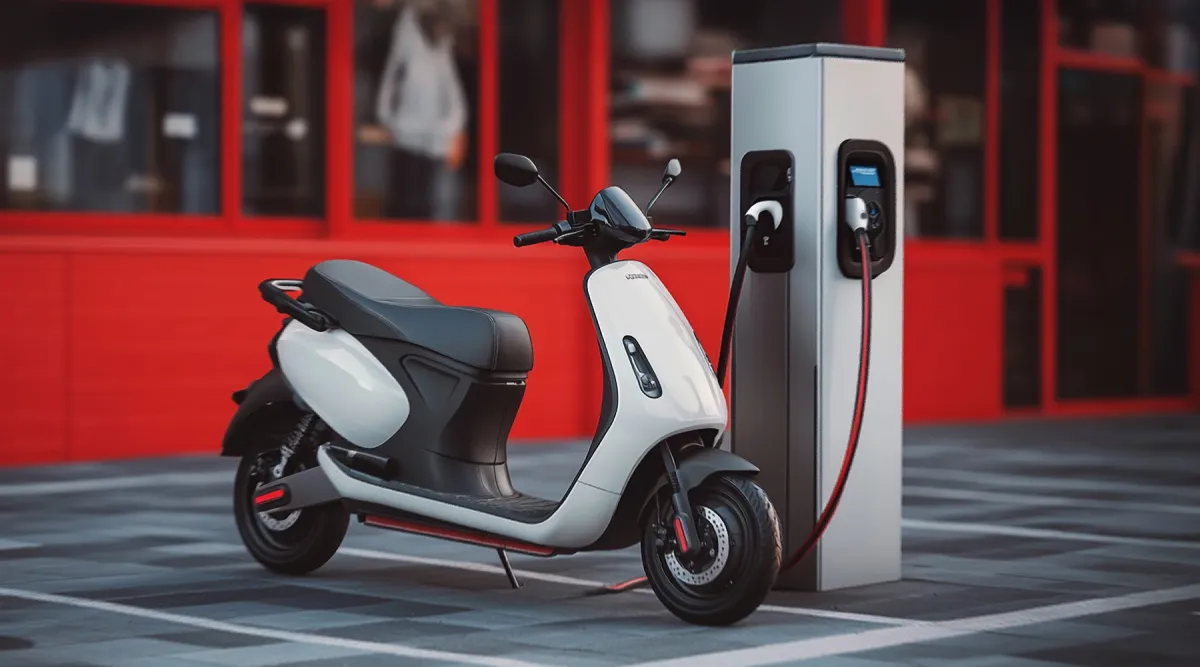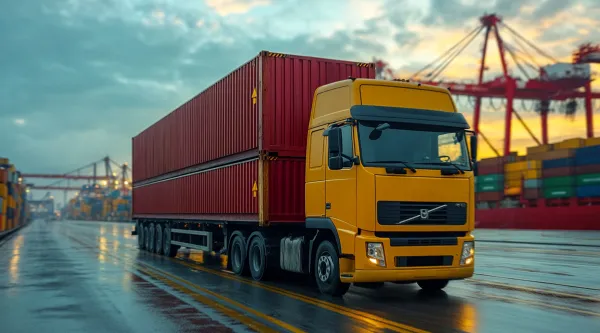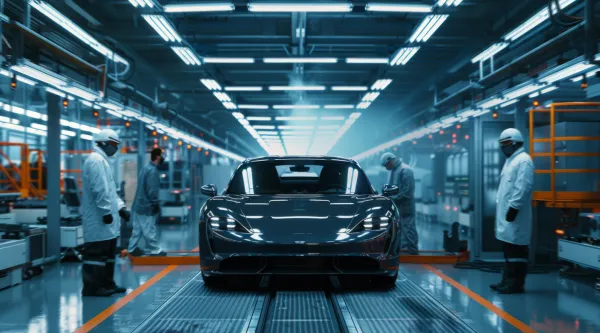Can India’s Electric Bike Sector Lead the Global EV Race?
India’s electric bike sector is surging with innovation, government support, and rising demand, positioning the country as a potential leader in the global EV revolution.

India’s e-bike market is growing at a jaw-dropping CAGR of 48.9%. In just six years, we’re talking about a leap from 0.504 Mn units sold in 2023 to over 40 million units by 2029. These aren’t just numbers—they’re signals. Signals that India is gearing up to dominate the electric mobility space.
But let’s not sugarcoat this. Is the opportunity as massive as it looks? For investors, the potential is undeniable, but the road ahead isn’t without bumps. Here’s why India’s e-bike market could be your next big bet and what you need to watch out for its growth.
Why E-Bikes Are Stealing the Spotlight?
At first glance, e-bikes are a no-brainer. They’re cheaper, greener, and increasingly aspirational. Running an e-bike costs ₹10 for 70 kilometres—that’s pocket change compared to the ₹102.2 you’d burn on a petrol bike. For consumers, this isn’t just savings—it’s a revolution in mobility economics.
And let’s talk about pollution. Two-wheelers account for 75% of vehicle emissions in India. E-bikes aren’t just another transportation option; they’re a lifeline for India’s choking cities. Add to this the government’s aggressive push with FAME-II subsidies of ₹15,000/kWh and plans to electrify all two-wheelers under 150cc by the end of 2025, and the market seems perfectly positioned.
But here’s the twist, India’s e-bike opportunity isn’t just domestic. Picture this—India is a global hub for affordable, high-quality e-bikes, exporting to markets across Southeast Asia and Africa. The demographics, innovation, and cost advantages are all in our favour.
The Hurdles That Demand Attention
However, scaling this revolution won’t be easy. Infrastructure is India’s Achilles’ heel. With one EV charging station for every 135 vehicles, we’re leagues behind the global standard of 1:20. A rapid scale-up in charging networks is non-negotiable if India wants to move from ambition to action.
Then there’s the sticker shock. At ₹1.25–1.4 lakh, e-bikes are still pricey compared to the ₹60,000–80,000 price tag for petrol alternatives. And while subsidies help, affordability won’t scale without local battery manufacturing. India must prioritize local battery manufacturing and innovative financing models, like subscription-based pricing, to make e-bikes accessible to the masses. If I were an investor, I’d be keeping a close eye on battery innovations and partnerships in this space it’s where the gold lies.
Market fragmentation further complicates things. While leaders like Ola Electric (18% share) and Hero Electric (16%) are making strides, inconsistent quality from smaller players risks diluting consumer trust. Industry consolidation and higher-quality benchmarks are critical.
Why India Must Lead?
This isn’t just about transforming urban mobility—it’s about positioning India as a global EV leader. With the right investments in infrastructure and manufacturing, India could reduce vehicle emissions by over 50% while creating a new export powerhouse for affordable e-bikes.
The time to act is now. Governments must double down on infrastructure spending, businesses must innovate for affordability, and consumers must embrace the change. India doesn’t just have the potential to lead the global EV revolution it has the obligation. The wheels are already turning. Let’s ensure they don’t slow down.


